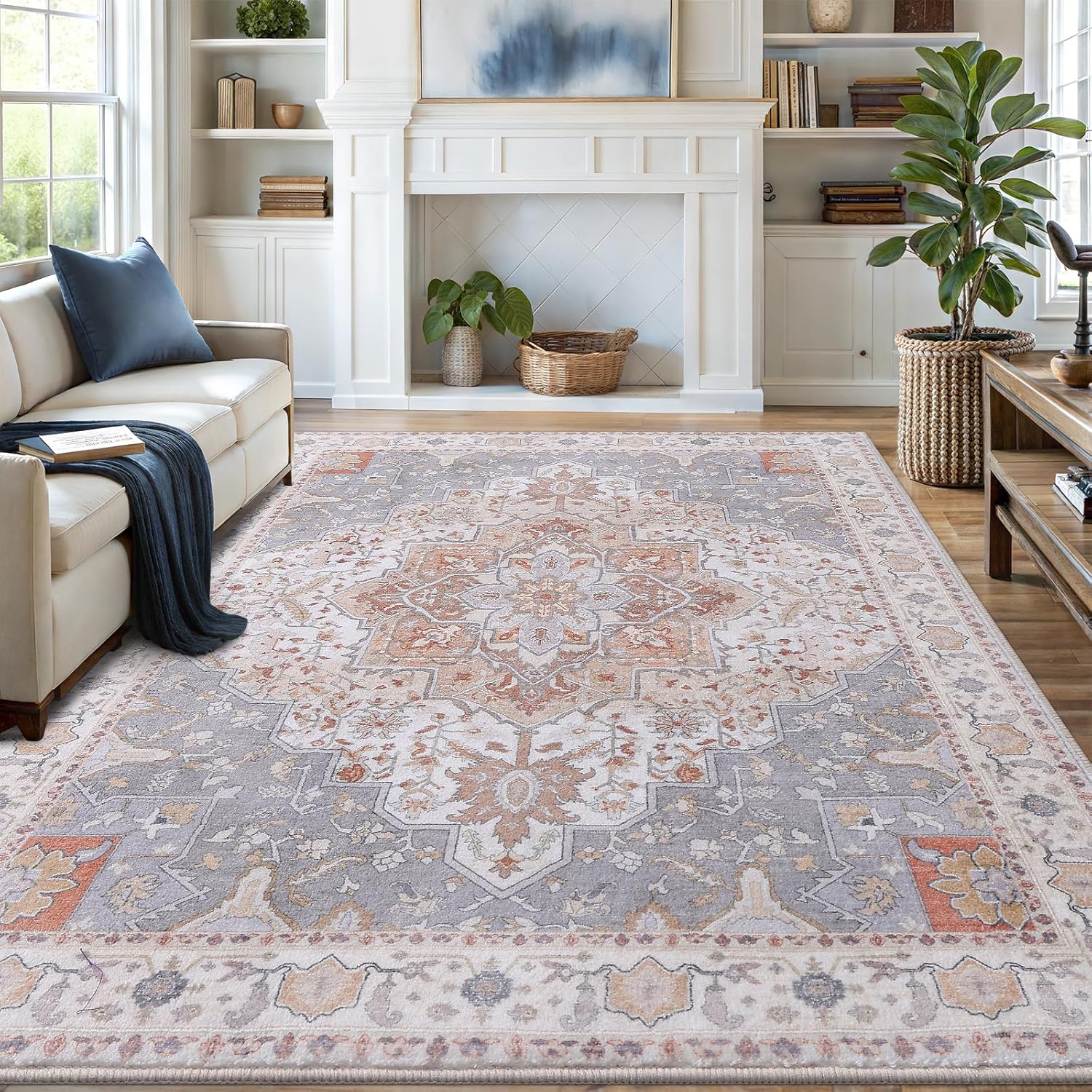To clean polished concrete floors, sweep or vacuum regularly, then use a damp mop with a pH-neutral cleaner for best results without damaging the finish.
Polished concrete floors offer durability and modern elegance, but they require proper care to maintain their glossy finish. Unlike regular concrete, polished surfaces need specialized cleaning techniques to prevent damage and preserve shine.

Essential Supplies for Cleaning Polished Concrete
Gather these tools before starting:
- Microfiber dust mop or soft-bristle broom
- pH-neutral concrete cleaner (avoid vinegar or acidic solutions)
- Microfiber mop with wringer bucket system
- Soft scrub brush for stains
- Baking soda for tough stains
- Clean, dry microfiber towels
For heavily soiled floors, consider a quality hard floor vacuum with soft bristle attachments.

Step-by-Step Cleaning Process
Daily Maintenance
1. Dry dust mop daily to remove abrasive particles
2. Spot clean spills immediately with damp microfiber cloth
3. Use walk-off mats at entrances to reduce dirt
Weekly Deep Cleaning
- Remove all furniture and rugs from the area
- Dry mop thoroughly to remove surface debris
- Prepare cleaning solution: 1-4 oz pH-neutral cleaner per gallon warm water
- Damp mop in small sections, changing water when dirty
- Rinse with clean water to remove cleaner residue
- Dry immediately with microfiber towels to prevent water spots
Handling Tough Stains
Oil-Based Stains
Apply baking soda paste (3 parts soda to 1 part water). Let sit 15 minutes before gentle scrubbing with soft brush.
Rust Stains
Use commercial rust remover specifically formulated for polished concrete. Test in inconspicuous area first.
Scuff Marks
Rub gently with tennis ball or specialized concrete eraser.
What NOT to Use on Polished Concrete
| Product | Reason to Avoid |
|---|---|
| Vinegar/acidic cleaners | Etches surface, dulls shine |
| Bleach/ammonia | Damages sealer, discolors |
| Abrasive scrubbers | Scratches polished surface |
| Steam cleaners | Can damage sealer bonds |
Professional Maintenance Tips
Buffing and Recoating
Every 2-3 years, consider professional buffing to restore shine. According to Concrete Floor Supply, specialized equipment can revitalize worn areas without full refinishing.
Sealer Maintenance
High-traffic areas may need resealing every 1-2 years. Test sealer condition by dropping water on surface – if it absorbs rather than beads, resealing is needed.
Special Considerations
Winter Care
Use calcium chloride instead of rock salt for ice melting – it’s less damaging to concrete surfaces.
Pet-Friendly Cleaning
For homes with animals, clean accidents immediately using methods from our pet stain removal guide.
Commercial Spaces
In retail or office environments, implement daily dry mopping and weekly wet cleaning. Consider Martha Stewart’s recommendation of using walk-off mats at all entrances.

